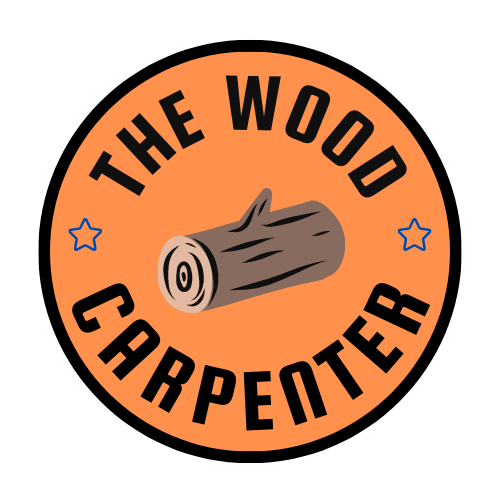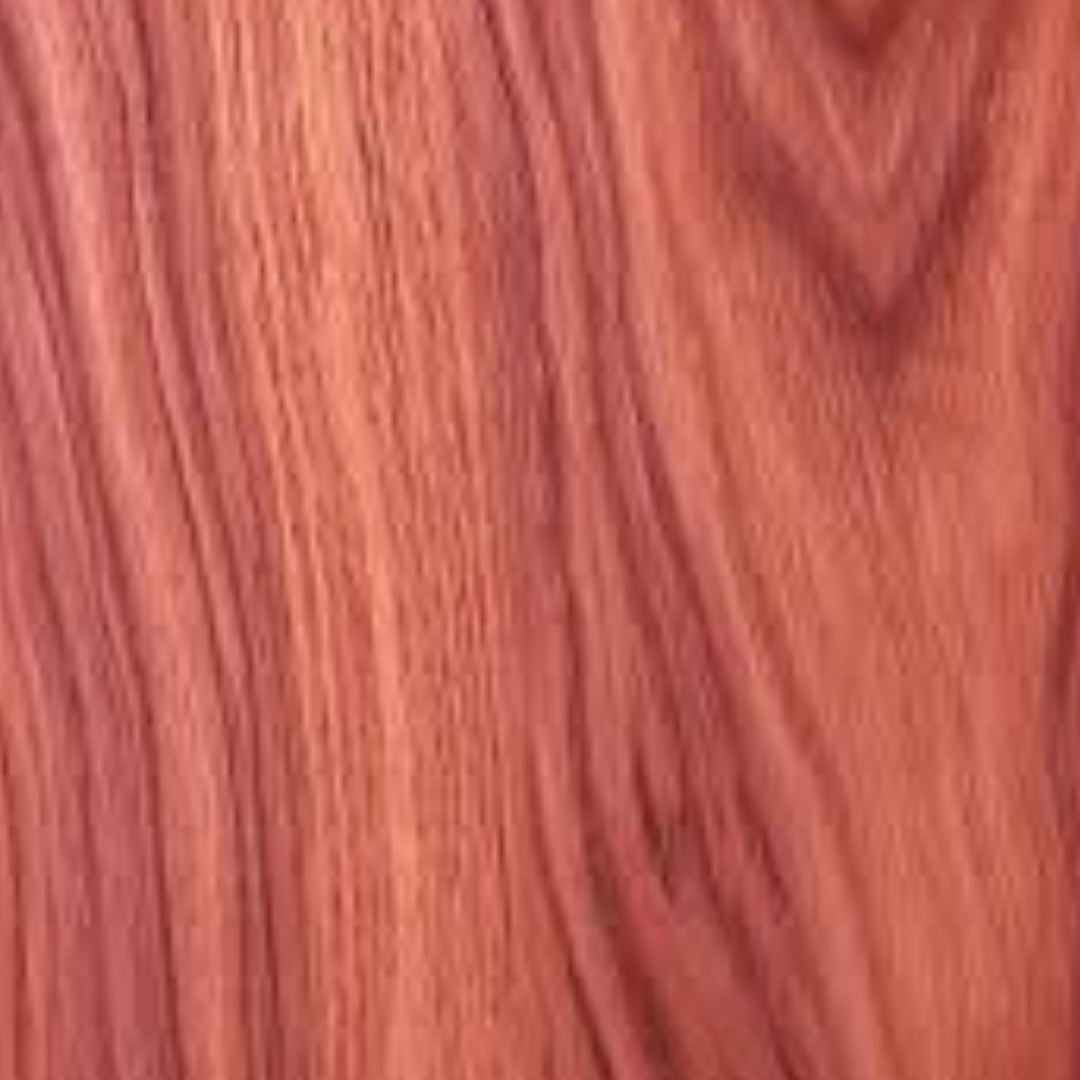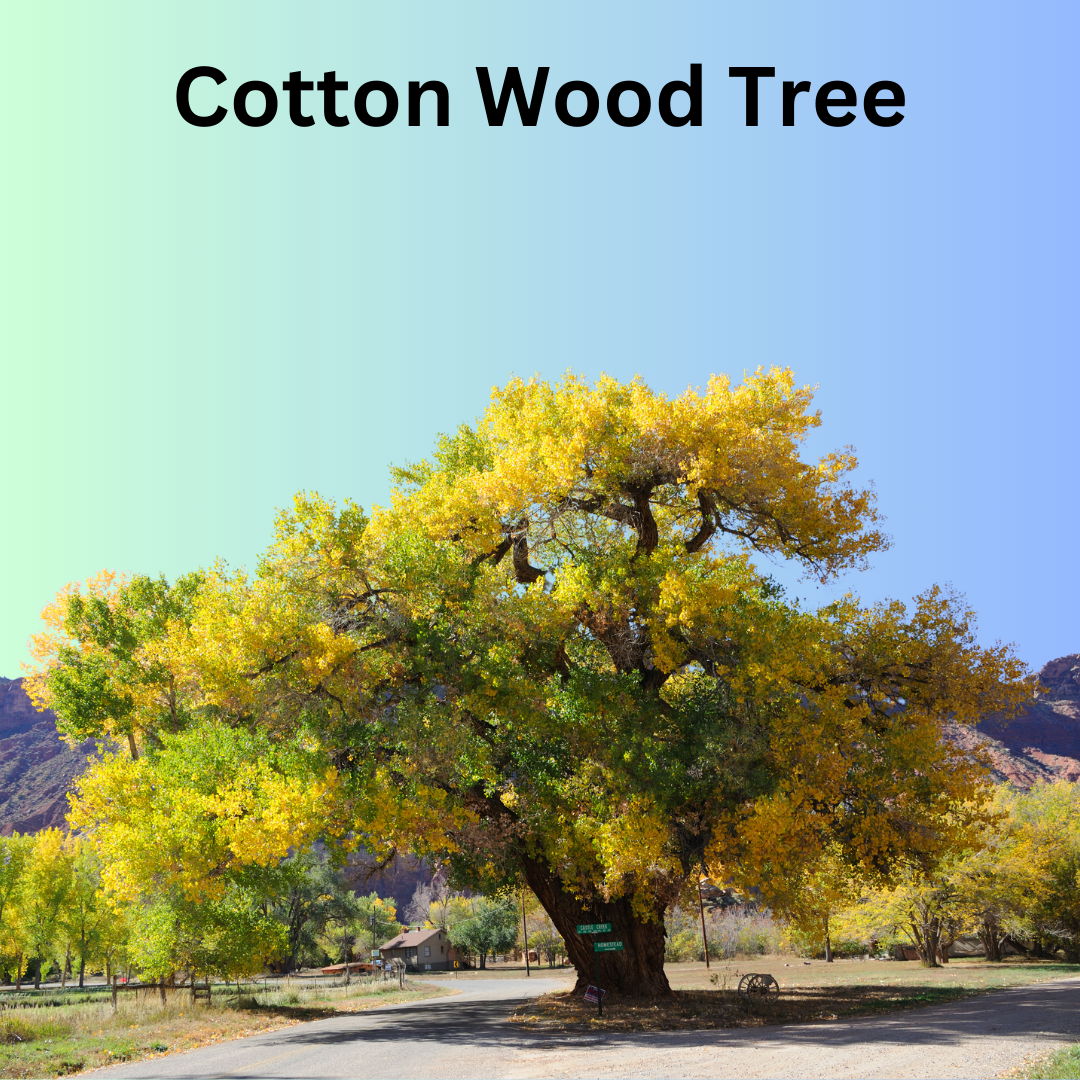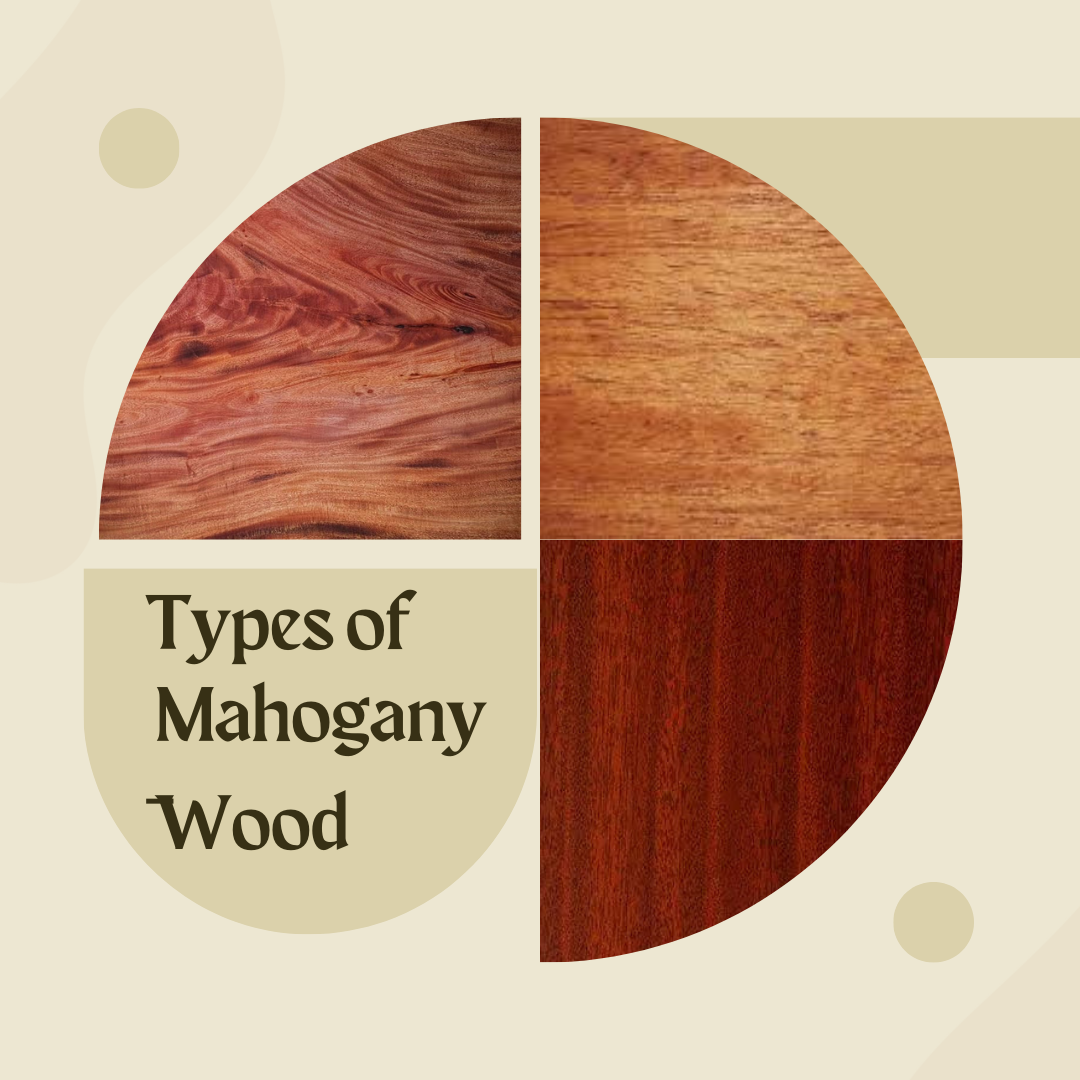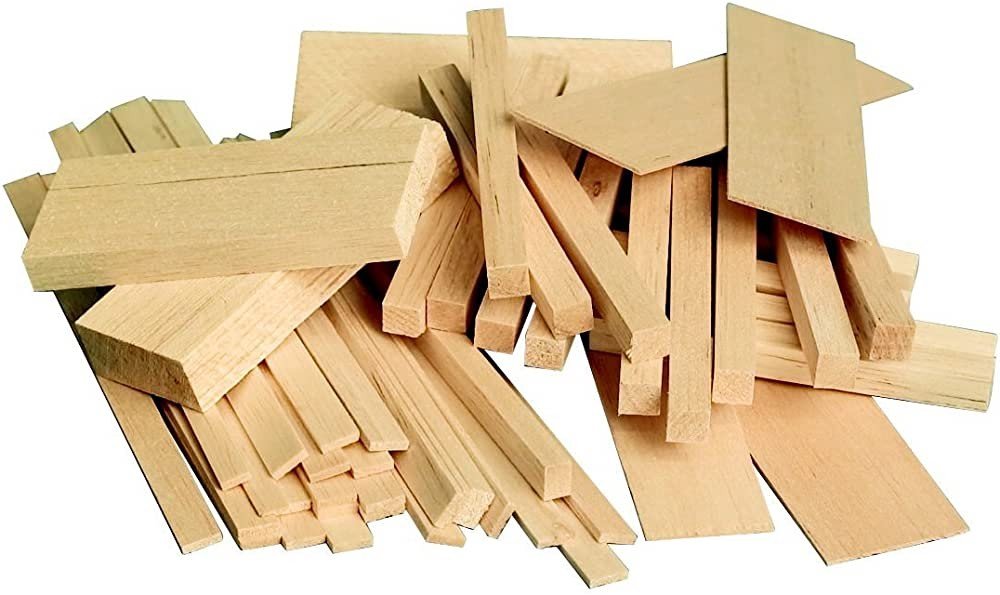What is Bubinga Wood ?
Originating mostly in the tropical parts of Africa, notably from nations like Cameroon, Gabon, and the Congo, bubinga is a hardwood species. Belonging to the Guibourtia genus, its similar appearance and features make it occasionally referred to as “African rosewood”. Still, Bubinga possesses certain characteristics that distinguish it, even though it is not regarded as real rosewood.
The Origin of Bubinga
Rising to startling heights of up to 150 feet, bubinga trees thrive in the humid woodlands of West and Central Africa. Large size of the tree makes it a great source of long, wide boards, which are in great demand for many upscale wood projects. Local artists have always employed the wood, but its worldwide appeal grew when Western builders saw its possibilities.
Types of Bubinga Wood
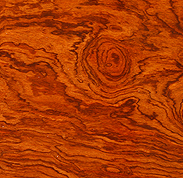
Each of the several various types of bubinga wood has unique physical and aesthetic qualities. The most noteworthy variants are listed here:
1. Waterfall bubinga
Waterfall Bubinga is known for its visually arresting grain, bubinga sometimes resembles flowing water. Because of its striking look, this species is much sought for decorative work.
2. Pommelé Bubinga
Pommelé Bubinga has a three-dimensional impression with quilted or mottled grain pattern. High-end veneers for luxury furniture and interior design increasingly feature this kind of bubinga.
3. Straight- Grain Bubble
Straight-Grain Bubinga is easier to handle in some uses, as its name implies, its grain pattern is homogeneous. For jobs like flooring or cabinets, where woodworkers require consistency in grain structure, it’s favored.
10 Bubinga Wood Facts
Often called African Rosewood, bubinga wood is a highly prized hardwood with both decorative and practical uses. 10 salient features of this amazing wood follow here:
1. Origin and Species
Mostly derived from the Guibourtia genus, three prominent species of bubinga are Guibourtia demeusei, Guibourtia pellegriniana, and Guibourtia tessmannii. Native to tropical forests in Central and West Africa, especially in nations like Cameroon and Gabon, these plants are seen.
2. Density and Hardness
With a Janka hardness value of 1980 lbf, bubinga is one of the toughest woods available. Some sources indicate even higher ratings up to 2410 lbf, making it highly durable and resistant to wear.
3. Unique Appearance
Usually showing remarkable black or purple streaks, the heartwood ranges in hue from light red to dark reddish-brown. Its grain patterns—which range from pommele to flamed, waterfall, and mottled help wood define its visual attractiveness in high-end furniture and cabinets.
4. Workability
Although bubinga is hard and dense, it is generally easy to work with using sharp tools.. But its interlaced grain causes machining tearout, hence careful handling is especially important.
5. Resistance and durability
Because of its great resistance to termites, marine borers, and rot, bubinga is fit for both indoor and outdoor uses. Depending on the particular species, it is either very or highly durable.
6. Odor Features
Freshly cut bubinga can smell bad, usually described as like vomiting. Once the wood dries, this perfume vanishes and no residual scent results.
7. Acoustic qualities
Guitars and bass fingerboards especially benefit from bubinga because of its density and unusual grain structure. Its acoustic features add to a rich sound character.
8. Environmental Considerations
Concerns regarding sustainability and overharvesting lead CITES Appendix II listing of bubinga. Two of the species are regarded as endangered, which highlights the need of getting from ethical suppliers.
9. Common Uses
Because of its beauty and durability, this wood is used extensively in fine furniture, cabinets, floors, veneers, inlays, and specialty items like humidors.
10. Cultural Value
Often utilized in spiritual ceremonies, bubinga wood is said to have mystical abilities in several African societies. Its special qualities have gained it both woodworkers’ and artists’ esteemed reputation.
These characteristics of bubinga make it a sought-after material in carpentry and crafting.
FAQ:
1. Does Bubinga wood expensive ?
Indeed, bubinga wood is usually regarded to be costly. Its restricted availability and special features as well as great demand help to explain its price. The particular species and the quality of the wood will affect the price; still, its endurance and visual attractiveness make it more valuable than other hardwoods most of the times.
2. Is Bubinga wood endangered ?
Although Bubinga is not now categorized as endangered, its trade is controlled to stop over-exploitation even if it is not threatened with extinction according to CITES Appendix II. This classification emphasizes the need of sustainable collecting methods to guarantee the long-term availability of the species.
3. Where is Bubinga wood from?
Mostly coming from Equatorial Africa, especially in nations like Cameroon, Gabon, and the Democratic Republic of Congo, bubinga wood comes from Growing in rich evergreen rainforests, the trees are remarkably tall.
Also read:
